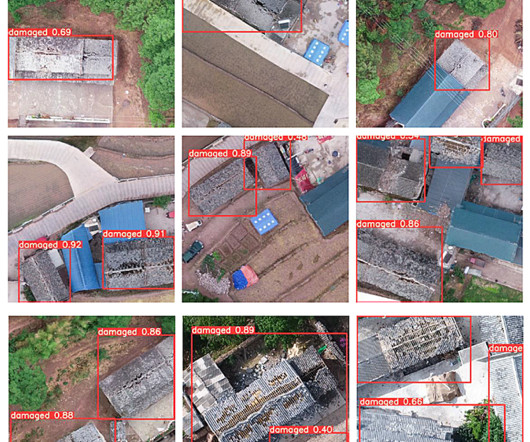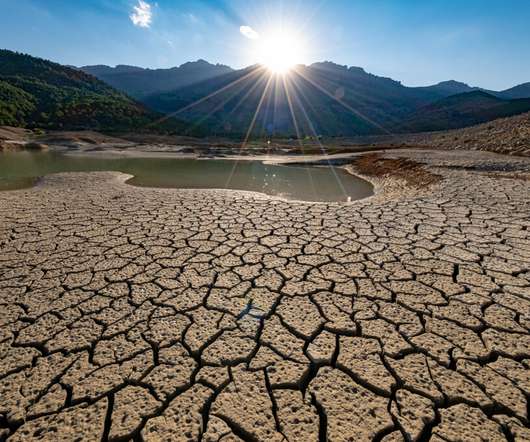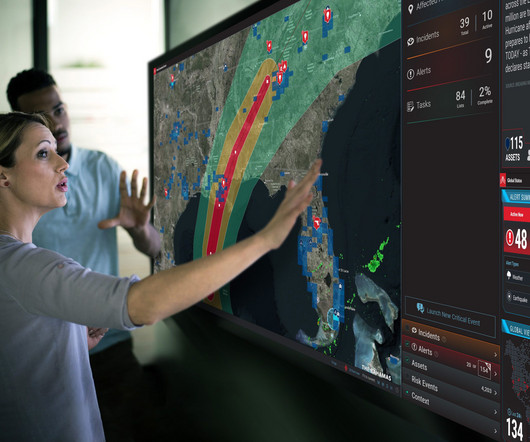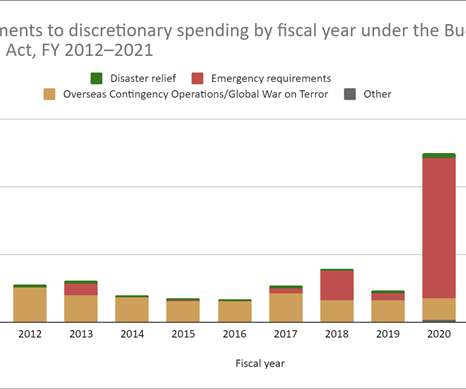The Emergency Management Institute at 70
Recovery Diva
DECEMBER 8, 2023
This report traces the 70-year history of the Emergency Management Institute (EMI) from the founding of its predecessor in 1951 to the present. The story of these institutions’ development can inform current strategy about EMI’s future.


















Let's personalize your content